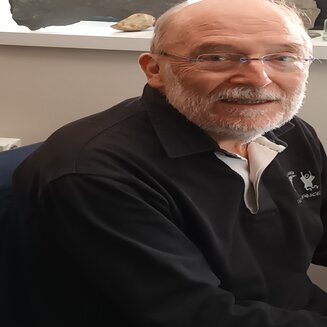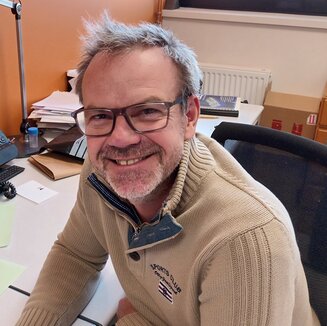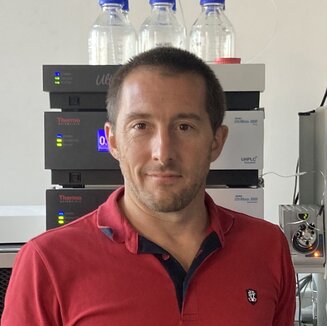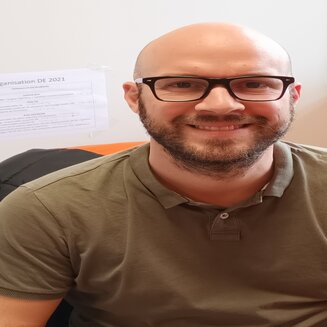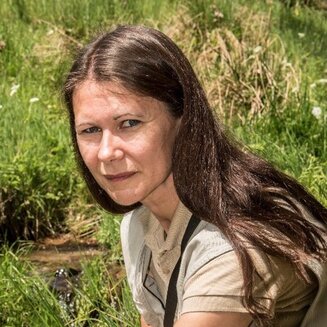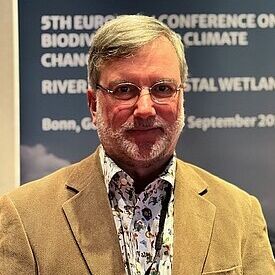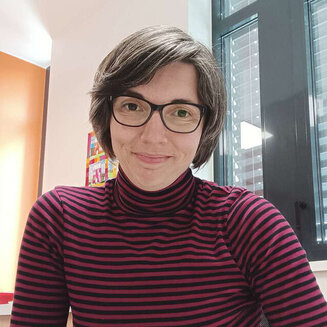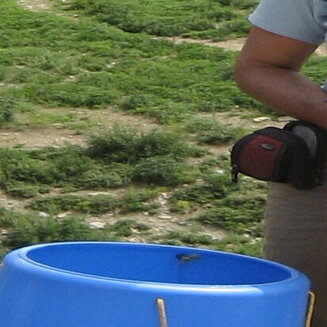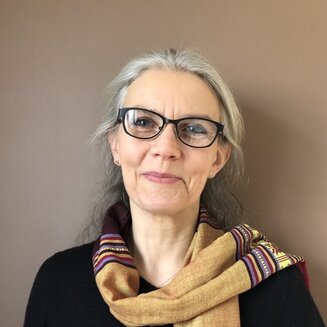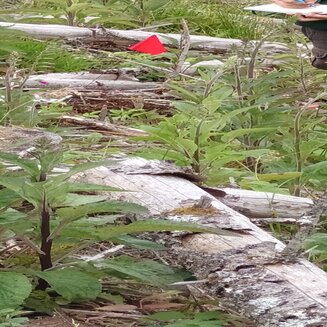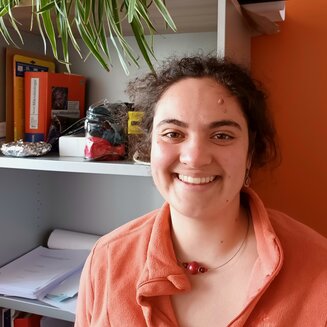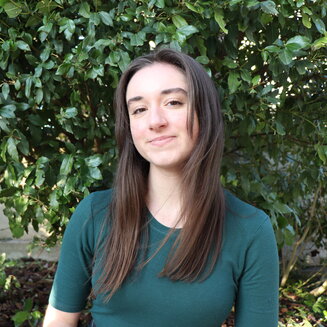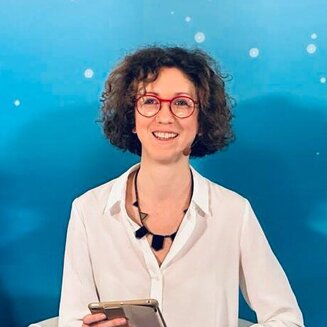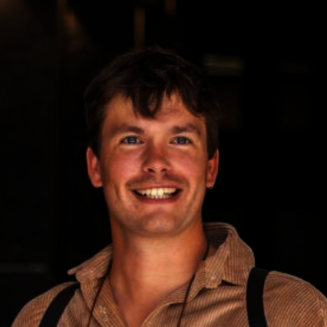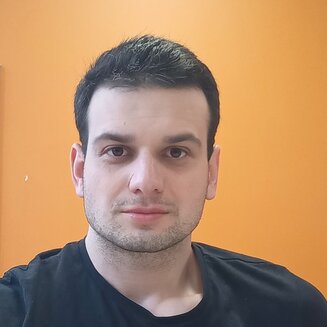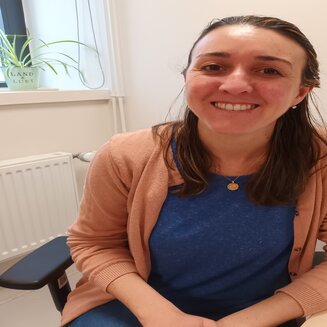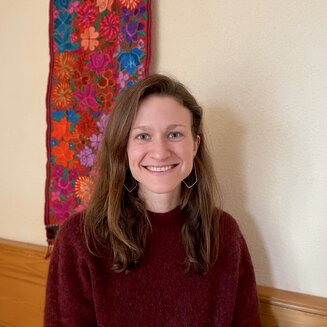Responsables de l'équipe / Team leaders
Sylvain Payraudeau & Marie-Claire Pierret
Composition de l'équipe / Team members
Chercheur.euses et enseignant.es-chercheur.euses / Researchers
Ingénieur.es, technicien.nes et chargé.es de projet / Lab engineers, technicians and project leaders
Doctorants / PhD students
Post-doctorants / Post-doctoral students
Master 2 - 2025

Arthur Doan

Céleste Dagallier

Destin Mouyabi

Merlin Leullier

Rady Jean Bart
Team Isotopic and Experimental Biogeochemistry
Goal and motivation
BISE aims to understand and trace reactive processes in the Earth's Critical Zone (CZ)* under gradual climatic and anthropogenic forcings. The CZ corresponds to the thin layer of the Earth, from the top of the canopy to the base of deep aquifers, which is most profoundly impacted by human activities and also provides nutrients to the biosphere, playing an essential role in maintaining life on the planet.
The scientific motivation of BISE is to contribute to the knowledge and understanding of the complex interactions between the physical, chemical, and biological processes that control the transfer of matter between continental ecosystems and their response to environmental and anthropogenic pressures. Beyond scientific knowledge, this project also addresses societal challenges, in collaboration with non-academic partners, in the fields of water and soil management in forest, agricultural, and urban catchments, with a focus on the biogeochemical cycles of nutrients and the transfer and transformation of pollutants.
*The Critical Zone refers to the outermost layer of the planet Earth, where chemical interactions occur between air, water, organisms, and rocks.
Methodological Foundations
The methodological foundations of BISE are based on a quantitative, transverse, and integrated approach using measurements of material fluxes from the laboratory scale to the watershed scale, and the development of geochemical tracers and numerical models.
BISE relies on four pillars:
- Monitoring the transformations, transfers, and cycles of matter, including pollutants, from the soil column scale to the catchments scale, to identify and quantify the biogeochemical processes controlling the functioning of the CZ in natural, forest, agricultural, and urban experimental catchments;
- Methodological development of elemental and molecular tracers of these interactions in the CZ by coupling mineralogical characterization tools (XRD on soils, sediments, and clays) and chemical tools (major elements: Ca, Mg, P, and N, and trace elements: Sr, B, Rb, Ra, REE), traditional and non-traditional stable isotope measurements, radiogenic isotopes, and compound-specific isotopic analysis (CSIA) of organic pollutants;
- Biogeochemical laboratory experiments involving simple interface systems (idealized solutions, pure minerals, mono-functional or mono-specific/mono-phase) or complex systems (incorporating natural complexity) such as the rhizosphere or mineralosphere;
- Conceptualization of the processes controlling the transfer of matter in water-mineral-soil-organism systems, followed by the development of hydrogeochemical modeling approaches to interpret and predict the hydrogeochemical dynamics and isotopic fingerprints of organic pollutants from the soil profile to surface and groundwater in experimental watersheds.
Research Axes
Based on the team's skills and strengths, BISE focuses on two scientific axes:
- Biotic and abiotic water-mineral interactions with a focus on weathering cycles, biogeochemical cycles, and soil fertility;
- Reactive transport of synthetic micropollutants within continental surfaces and interfaces.
Understanding the role and impact of different types of organic matter as a source, transport vector, and transformation agent will be a cross-cutting theme in the BISE team. The objective is to understand the role of organic matter in the reactive processes of the CZ addressed in the aforementioned research axes.
Study of Natural Sites
The team develops a set of studies based notably on the isotopic approach to determine:
- The chronology of the formation and evolution stages of weathering profiles (U-Th-Ra);
- Exchanges and transfers between soil and vegetation (Li, B, Ca, Sr, Cu, Zn, etc.);
- The transformation of micropollutants through compound-specific isotopic analysis (CSIA).
This allows, in particular, the identification of the mechanisms and kinetics of mineral weathering or micropollutant transformation at the water/soil/organism interface.
BISE relies on various experimental sites ranging from forest to urban contexts. The strong involvement of several BISE members in the research and coordination of the OZCAR OHGE forest observatory fosters collaborations with French and international researchers to develop joint interdisciplinary studies on the CZ, such as in the PEPR OneWater or FairCarbon.
Research on the export of pesticides and copper in the agricultural watersheds of Rouffach (68) and Souffel (67) or on urban biocides in the Adelshoffen district (Schiltigheim, 67) contributes to supporting and accompanying the transition to pesticide-free agrosystems and biocide-free cities.
Experimental Studies
Our approach consists of:
- Describing the mechanisms and formulating the kinetic laws of water-mineral/soil (sediment)-organism interactions;
- Developing tracers of these interactions and transformation processes;
- Designing laboratory and/or field experimental approaches, involving simple interface systems or systems close to natural complexity.
This approach allows, for example, understanding the relationship between reactive processes at the crystalline scale and dissolution rates at the macroscopic scale, or quantifying the degradation and tracking the transformation pathways of pesticide residues or antibiotics in the soil-river-aquifer continuum of agro-ecosystems.
Portfolio: BISE team BISE disseminates knowledge through education and to a large audience, while contributing to science through genuine approaches and international collaborations
- HydroGeoLABS – pedagogical platform on aquifer functioning. HydroGeoLABS is a pedagogical plateform (coord. S. Payraudeau) on groundwater preservation under increasing anthropic and climatic pressures. HydroGeoLABS revisit our practices to train students for challenges and expectations of socio-economic actors in water sustainability.
- Critical Zone and society. The scientific equipment, projects, data of the experimental Strengbach OHGE were put in front in a dedicated art exhibition at the Karlsruhe Museum (May 2020-Jan 2022), built up during two years of exchanges between scientists, artists, and architects. BISE researchers were involved in most public events, and numerous communication events with local partners and artists, emphasizing the vital role of the critical zone.
- Reactivity of the bio/silicate/water interface (Wild et al., 2021). First quantification of silicate bioweathering, including microbially induced dissolution and identification of microbial actors. It combines DNA analyses to determine the fungal diversity and nanoscale topography of the altered mineral surface. It opens new avenues to improve elemental budgets in natural settings and confirm biosignatures on material surfaces, highlighting BISE interdisciplinary approaches.
- Organohalide transformation in groundwater (Prieto et al., 2021). Sheds light on the effect of environmental dynamics of organohalide transformation in groundwater to improve bioremediation. The novelty is to examine how water table fluctuations affect hydrochemistry, bacterial community composition, and dichloromethane degradation and pathways. Dual-isotope analysis, involving compound-specific isotope analysis (CSIA) of carbon and chlorine was used for the first time to follow-up transformation pathways of DCM in aquifers. This illustrates the experimental and analytical skills of BISE to track pollutant using multiple element CSIA.
- Imprint of water-rock interactions on river sediments (Ercolani et al., 2019). Part of C. Ercolani's thesis co-advised by Unistra and Wollongong (Australia), recipient of John Head Xian Excellence Award (2019), in a fruitful partnership of BISE. Non-traditional isotopes (e.g., 11B/10B) used as proxy to examine water/rock interactions in the CZ indicates that surface waters are not in equilibrium with uppermost particles in soil profile. The balance between deep water/rock chemical interactions and shallower plant/soil cycling is a major driver of geochemical imprint of surface waters.

